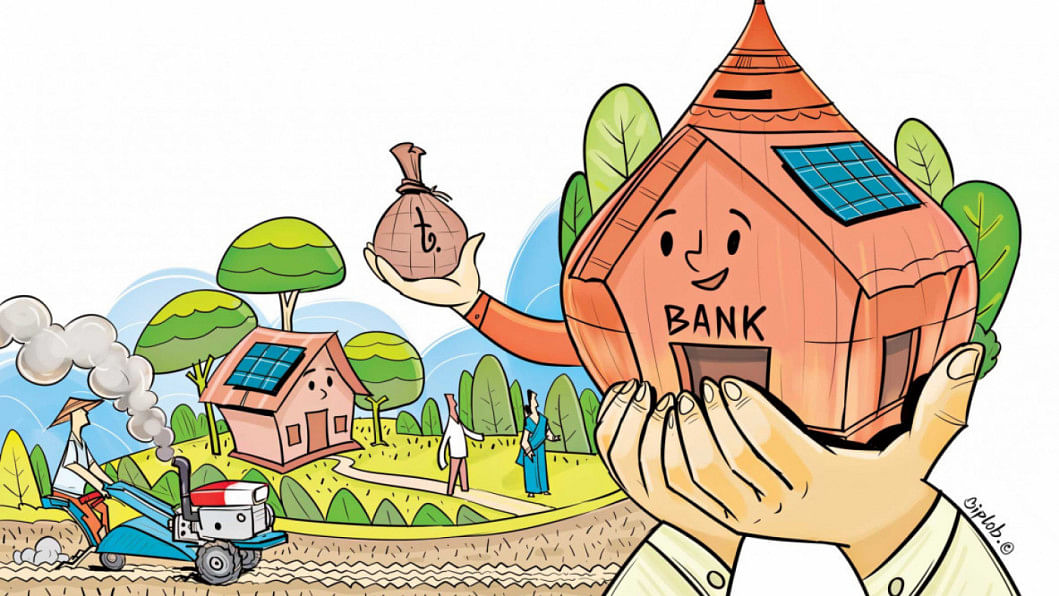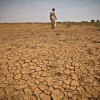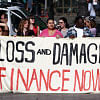Time to make climate funds part of mainstream finance

The problem of global climate change has already gone through two eras and has now entered the third era. The first was the era of mitigation; the second was the era of adaptation; and now we are in the era of loss and damage from human-induced climate change. Mitigation and adaptation are still prevalent issues, and now we have to deal with loss and damage, too.
How are we going to deal with all these evolving climate issues, and what kind of finance is needed for that?
Over the last two decades, there has been some progress in setting up different funds for dealing with mitigation and adaptation. These funds are already operating, although the scale of funding is still quite inadequate.
The funds that were created under the United Nations Framework Convention on Climate Change (UNFCCC) so far include the Adaptation Fund, the Special Climate Change Fund, and the Least Developed Countries Fund (LDCF) – all using the Global Environment Facility (GEF) based in Washington, DC as their secretariat.
Then, later, the UNFCCC created another, bigger fund called the Green Climate Fund (GCF) with its own separate secretariat and board based in Songdo, South Korea.
These funds have received and disbursed tens of billions of US Dollars to developing countries over the last two decades. However, they still have a hard time getting replenished by the developed countries who have promised to provide the funding for all of them. In fact, the developed countries promised in 2015 as part of the Paris Agreement to provide $100 billion every year from 2020 onwards to tackle mitigation and adaptation.
The COP28 presidency can play a proactive role in pushing the Transitional Committee to ensure a good outcome of funding loss and damage at this year's conference, rather than leave things for COP29 or COP30.
Unfortunately, 2020 has come and gone, but the $100 billion goal was never reached. The developed countries now promise to deliver it from 2025 onwards. Another anomaly in the proportion of funding that was actually delivered was that over 80 percent of it went to support mitigation while only 20 percent went to support adaptation, whereas the expectation was that the division would be 50-50.
This anomaly was addressed at the 26th annual climate conference (COP26) in Glasgow, Scotland in 2021, where the developed countries promised to double the proportion of funds allocated for adaptation in the most vulnerable developing countries. This promise is also yet to be fulfilled.
Then at COP27 in Egypt last year, there was a breakthrough agreement to set up new funding arrangements to address the loss and damage caused by climate change. A Transitional Committee has been set up to work on the options and present their recommendations at COP28, scheduled to be held in Dubai in December 2023.
Among the issues to be resolved is where the funds could come from, without cannibalising the funds for mitigation and adaptation, which are already inadequate. There are some interesting, innovative options, such as taxing polluters like fossil fuel companies and air and sea transport. I recently co-authored a proposal for an air passenger levy to raise funds based on the successful levy that France introduced, now implemented by 14 developed countries and raising billions of euros, which is donated to the global health fund. Our proposal followed the same principle to be adopted voluntarily by governments and airlines without requiring global agreements under UNFCCC or IATA. Imposing a 10 euro levy on international passengers in the European Union only and a few major airlines, such as Qatar Airways and Emirates, would raise around 10 billion euros a year from COP28 onwards.
The COP28 presidency can play a proactive role in pushing the Transitional Committee to ensure a good outcome of funding loss and damage at this year's conference, rather than leave things for COP29 or COP30.
So far, we have been talking about tens of billions of dollars or euros per year, but even the promised annual fund of $100 billion (which is yet to be reached) is completely inadequate compared to what is needed in reality – trillions of dollars or euros. Hence , going forward, the very concept of standalone separate climate change funds will need to be replaced with new ways to include the trillions needed into mainstream financial planning both by the national governments and the private sector. Thus, the issue of raising and allocating the funds is the responsibility of finance ministers and chief executive officers (CEOs) of banks and other investment funds, not of the environment ministers who attend the annual COPs. So, the annual meeting of the World Bank and International Monetary Fund (IMF) held in Washington, DC, which is attended by the finance minister of every country, may become the main platform to discuss and address climate finance as part of global finance.
Dr Saleemul Huq is director of the International Centre for Climate Change and Development (ICCCAD) at Independent University, Bangladesh (IUB).

 For all latest news, follow The Daily Star's Google News channel.
For all latest news, follow The Daily Star's Google News channel. 










Comments